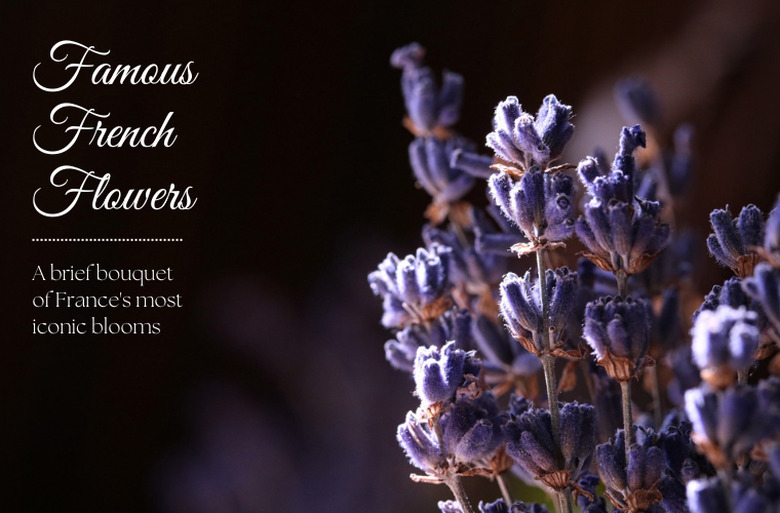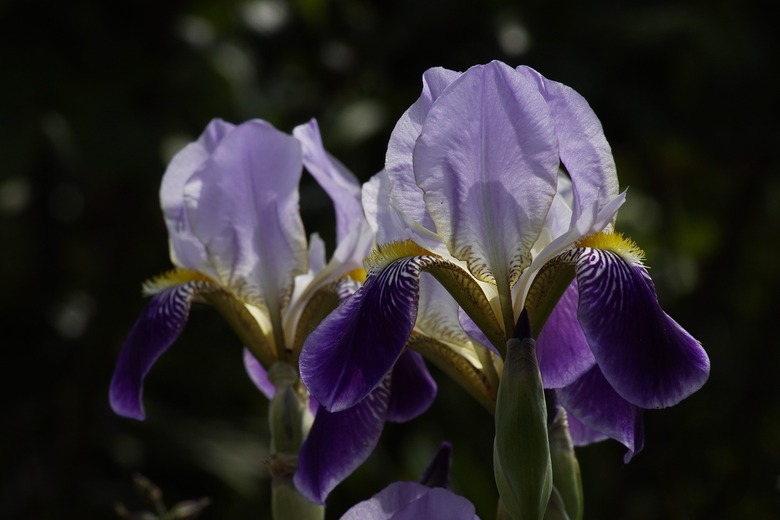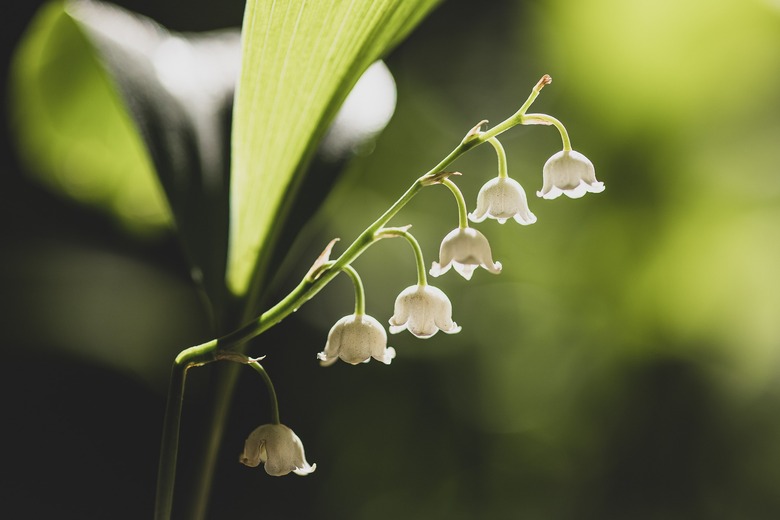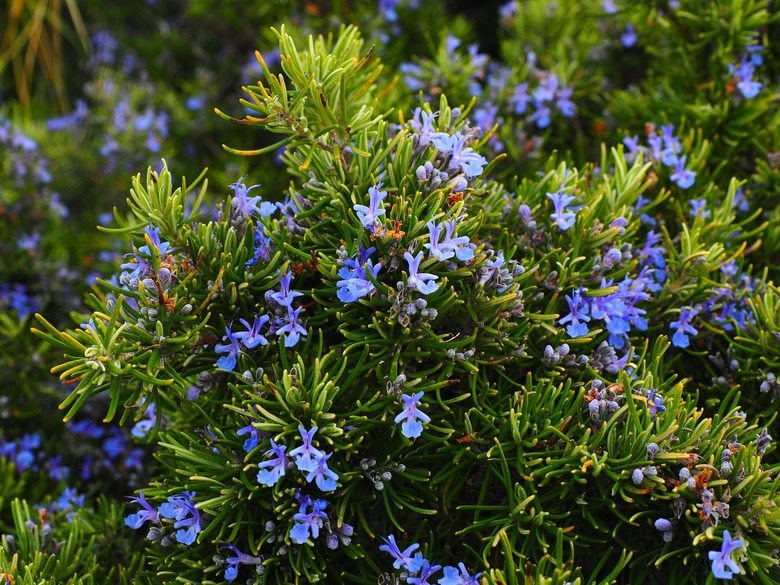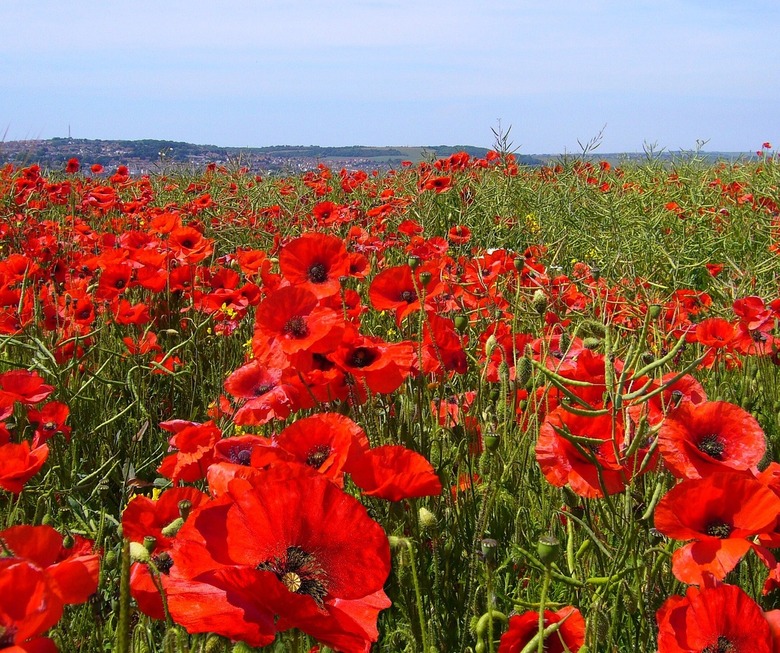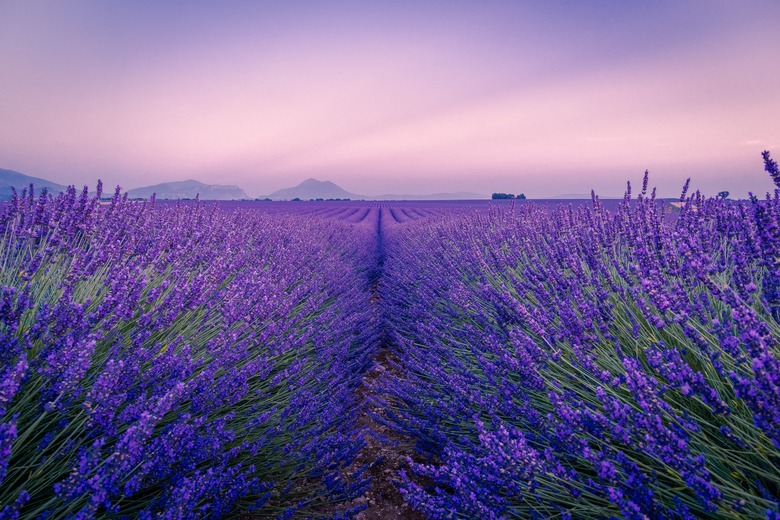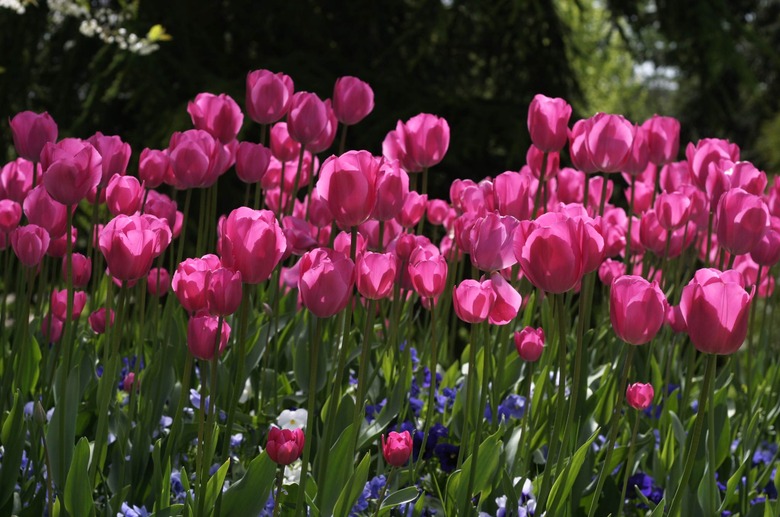6 Famous Flowers In France
While Dutch by birth, Vincent Van Gogh spent his most productive years in the South of France. Escaping the cold climate of Paris where he lived for several years, Van Gogh fled to Provence in 1888, where the sun offered a special quality that illuminated his canvasses and led to the production of over 200 pieces of art. His painting Irises so intrigued the French population that the flower became the national flower of France and perhaps the country's most famous one.
But it wasn't just Van Gogh who brought fame to the flowers of France. The poppy fields of Normandy, rows of fragrant lavender in Provence and the poppy's symbolism of the loss of life in World War I all lend a significance to the use of flowers and how they are interpreted by the French people.
Independent of the Victorian The Complete Language of Flowers, the French have their own definitions of which flowers are appropriate for which occasion, evidenced by street vendors selling single stems or bouquets of a range of popular flowers.
Iris, a Short Life but Long History
Spring is the season for the wide variety of irises (Iris germanica) grown in French gardens. While not long-lived, their beauty lives on in the French national insignia and as the national emblem of France.
You'll see them in the fleur-de-lis representing French royalty since the 13th century, depicted with three petals representing faith, wisdom and chivalry.
Lily of the Valley, a Contender
Another contender for the national flower of France is the Lily of the Valley (Convallaria majalis). Given the study of floral symbolism, this member of the Liliaceae family has long signified meaning in France, back to the Celts and ancient regimes that ruled until the French Revolution.
Large, with a long stem topped by a flower of captivating fragrance, the Lily of the Valley is often used in the manufacture of French perfumes.
Rosemary, a Natural Pharmacy
Rosemary (Salvia rosmarinus) is a plant and flower that finds its uses not only in the garden, but in the kitchen as well. Its bright blue, pale pink or white flowers fade, leaving scented spears of green behind that emit a strong fragrance when rubbed between fingers.
Steam distillation reveals medicinally valuable essential oils.
French Poppy, in Remembrance
Abandoned fields, edges of roads and rubble are often the home of the French wildflower known as the red poppy (Papaver rhoeas). Driving the roads of Normandy and more northern departments of France, you'll often see fields of poppies with their bobbing heads.
The symbolism of remembrance and sacrifice isn't lost on the French, as it is the poppy that sprouted in the war-torn fields of World War I and today symbolizes the struggle and ensuing life of French fighters.
Lavender Fields Stretching Forever
Southeastern France and Provence are known for their world-famous lavender (Lavandula angustifolia) fields. Many French towns such as Lyon, Toulouse and Nice claim the lavender as their symbols, and its various uses span from perfumeries to the eradication of scorpions.
Chefs use its essence when preparing fine dishes, and the famous herbs de Provence, featuring lavender, tarragon and dried rosemary among other herbs, is a staple in most French pantries.
The Elegant French Tulip
If you've ever received a gift of French tulips (Tulipa spp.), you'll marvel at the length of their 22-inch stems. Larger, longer and more pronounced than the Dutch tulip, the French tulip, with its bobbing head, has a long vase life.
The tulip grows very slowly in natural conditions and is harvested early in the year. The French tulip is often just one part of a floral arrangement because of its high cost.
